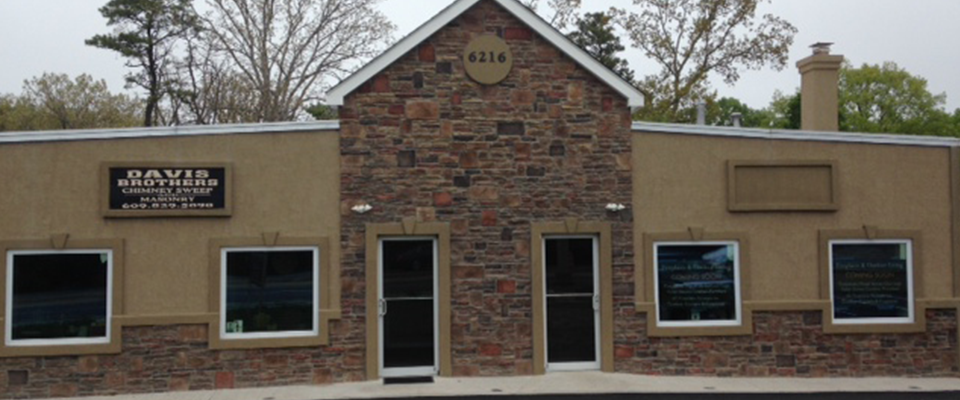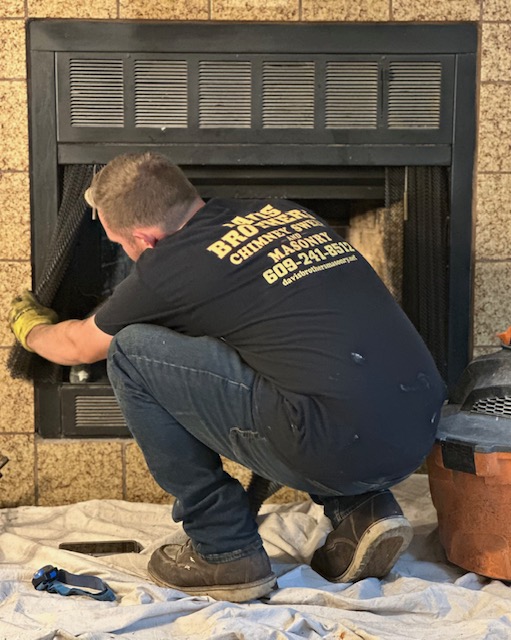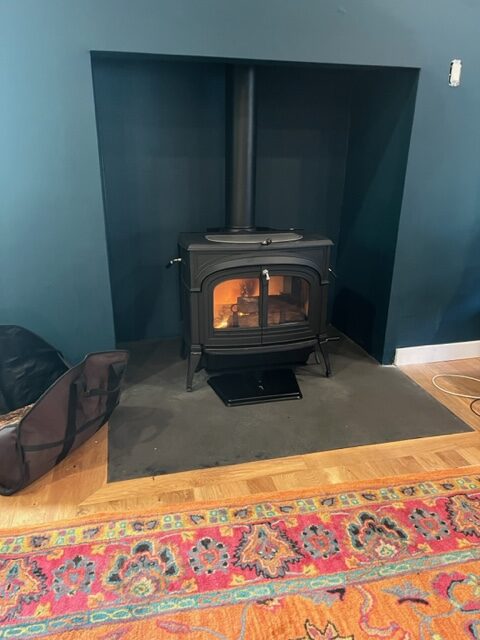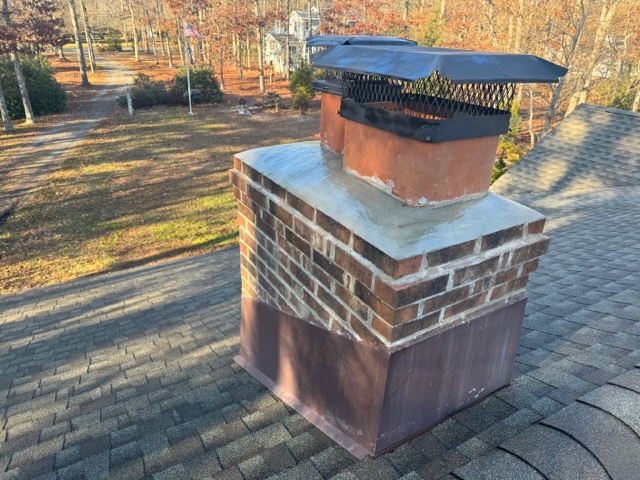Do you cherish your chimney and fireplace for their cozy winter warmth, or do you barely notice these parts of your home? Regardless of how much you know about your chimney system, chimney damage can lead to serious problems, up to and including chimney fires, exposure to toxic carbon monoxide, and more. Even if you never use your chimney, keeping your eye out for chimney problems can save you from many different safety issues.
Taking good care of your chimney might sound difficult or overwhelming, but it doesn’t have to be. Scheduling annual chimney inspections and chimney cleaning with professionals is the first step, but there are some things you can do at home, too. This summer, take some time to find out if you’re dealing with chimney discoloration — and learn more about why it could be happening!
Types of Chimney Discoloration
When most people think of chimney discoloration or staining, the first mental image that comes to their mind is soot stains, which are gray or black and “smoky” in appearance. But if you take a look around, you’ll probably notice a stain on a chimney in your neighborhood that doesn’t match this description. That’s because there are many different reasons that masonry chimneys can become discolored. Here are just a few types of discoloration you might see on your chimney’s masonry materials:
Black or Gray Stains
As you might have expected, soot stains can and do collect on chimneys. However, they’re not necessarily a normal part of using your chimney. If you notice soot building up, you’re due for a chimney cleaning sooner rather than later since excess soot buildup can mean the inside of your chimney has excessive creosote deposits. Call a chimney sweep and discuss how you can eliminate these pesky markings.
Dark Green or Brown Stains
Dark green or brownish stains, often accompanied by a fuzzy or plantlike texture, are caused by mold, moss, or algae growth on your chimney. While some moss growth can be expected in climates with high humidity and heavy rainfall, excessive staining of this nature can signify that your chimney is sustaining — or has already sustained — water damage. Professionals can assess this problem and repair or prevent future mold or mildew staining from happening. In some more serious cases, the growth might be coming from inside your chimney walls, and you will need an even more thorough cleaning.
White Stains
It can be puzzling to see your brick or stone masonry chimney begin turning whiter as if it’s human aging and graying. However, these white stains aren’t a sign of aging in chimneys. Its efflorescence and appears due to a chemical buildup left behind when water, ice, or snow evaporates from your roof.
While some efflorescence may be harmless residue, its presence can be another sign of water damage. In many cases, we find that water is leaking down the chimney linings into the chimney flue. This kind of staining should be taken seriously because chimney leaks of this nature can cause structural damage to your entire home if you don’t schedule prompt chimney repairs.
Sometimes, white stains are another form of mold. Luckily, it’s relatively easy to tell which is which. Efflorescence has a salt-like or grainy texture and a faint to nonexistent scent. White mold smells damp, musty, or just downright disgusting, with a wet and slimy texture.
Orange, Red, or Light Brown Stains
If you’re seeing red (or orange…or brown…), your chimney cap might be rusting. You might also have a different component rusting, such as other metalwork involved with your chimney. While a rusty chimney cap is more of an aesthetic annoyance than a serious problem if it still functions effectively, it’s best to get it repaired or replaced before you forget about it, and it does become a real problem further down the line.
Red and orange stains aren’t always rust, however. Another factor that might be causing stains of this color is creosote mixing with rainwater. As rainwater drips down your chimney, it collects uncleaned creosote, staining your chimney walls as well as nearby roof shingles.
While the chances are that you won’t need to schedule chimney repointing, beware of these stains for one more reason: sometimes, they happen because of chimney fires that have occurred in the past. If a chimney fire is serious enough, you will need to have your chimney repointed to protect its health as well as the structural integrity of the surrounding shingles and roof work.
Turn to Your Trusted Chimney Crew
When you need reliable, professional chimney service, the name to remember is Davis Brothers! Our crew will take care of your chimney like it’s a part of our very own homes. If you spot any of these stains or have other chimney questions, reach out to us anytime for the best service in the business.









